A plane that it would fill a big gap in the vast array of modded IL-2 is the
Dornier Do 217J Nightfighter. In fact, this is the only major German nightfighter type that is not to be found in this great game of ours. It filled an important role historically, and was used both by the Luftwaffe and by the Regia Aeronautica.
The thing is that this does not require building a completely new aircraft from scratch, but most parts can be utilized from the existing Do 217K1.
And the really good news is that Giotto did most of the work already four years ago! And I know that he is willing to hand over the project to anyone willing to finish it! More on this below.
IMAGES:
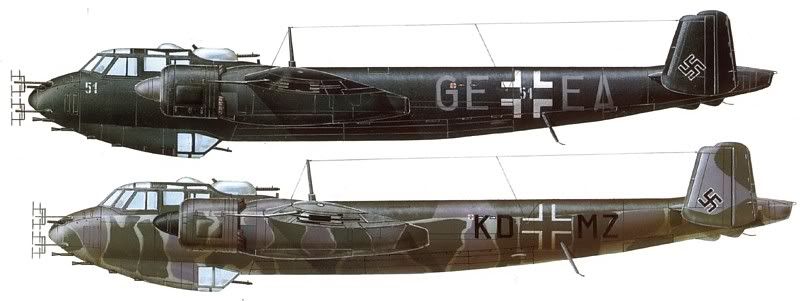




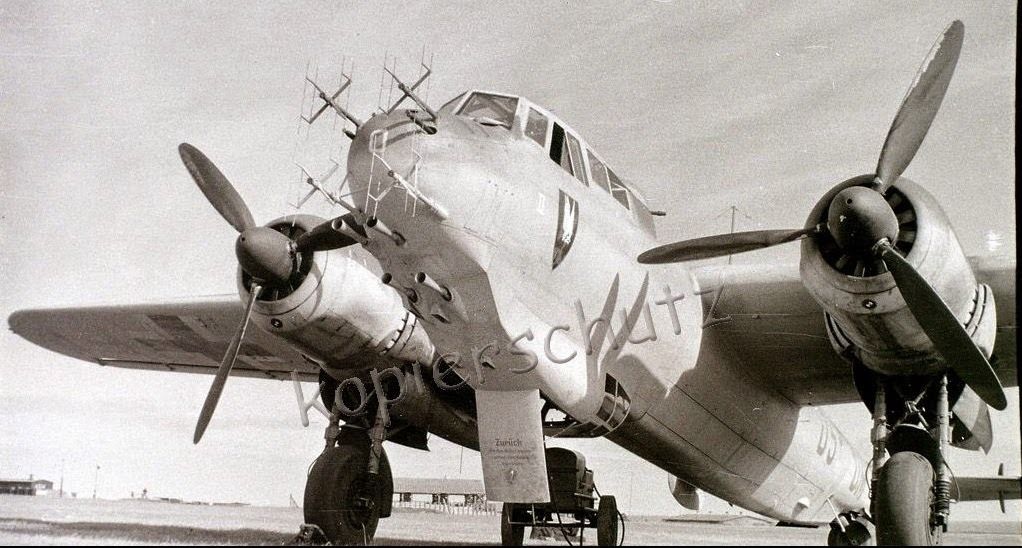
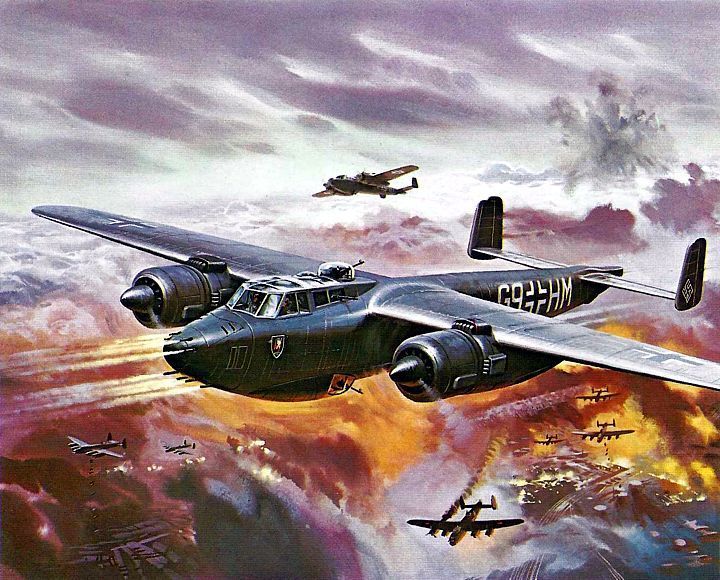
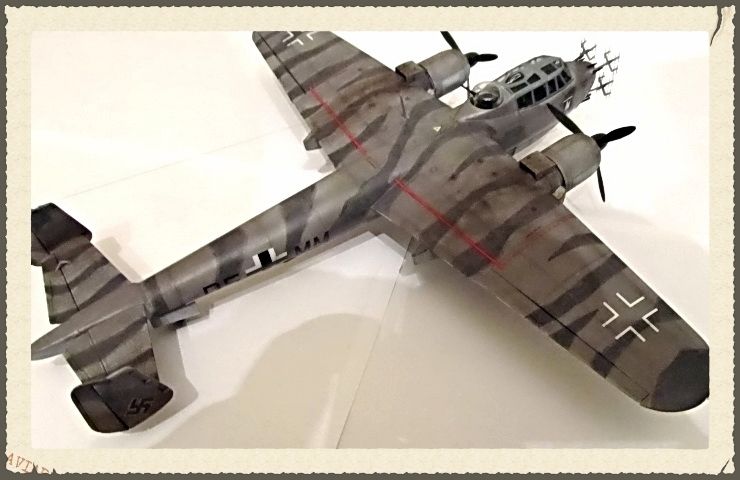
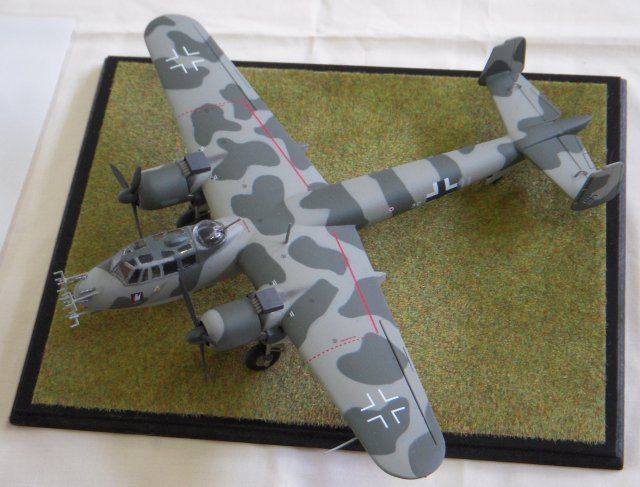
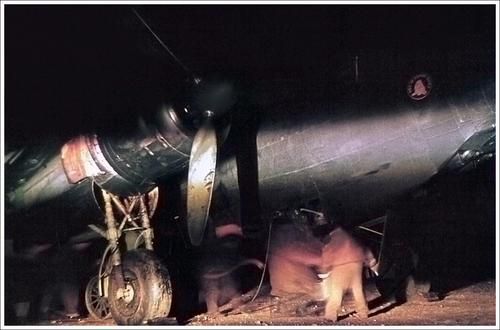
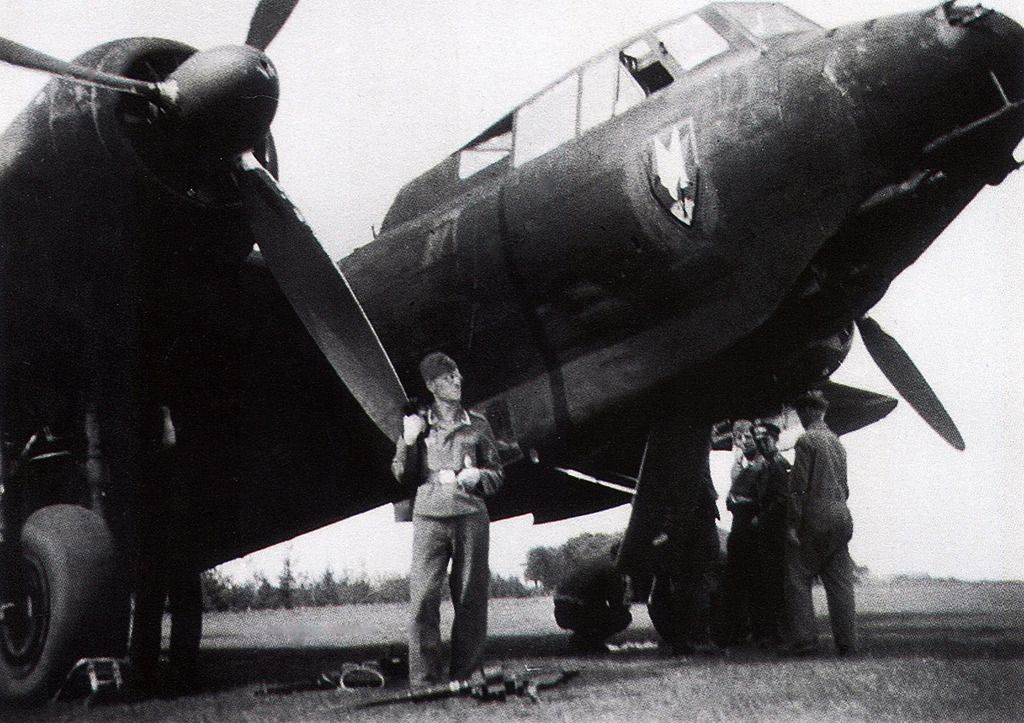
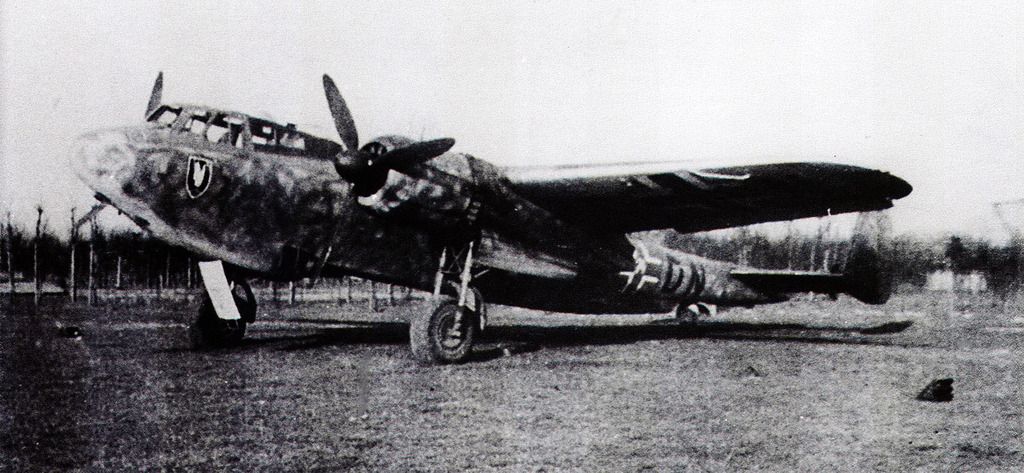
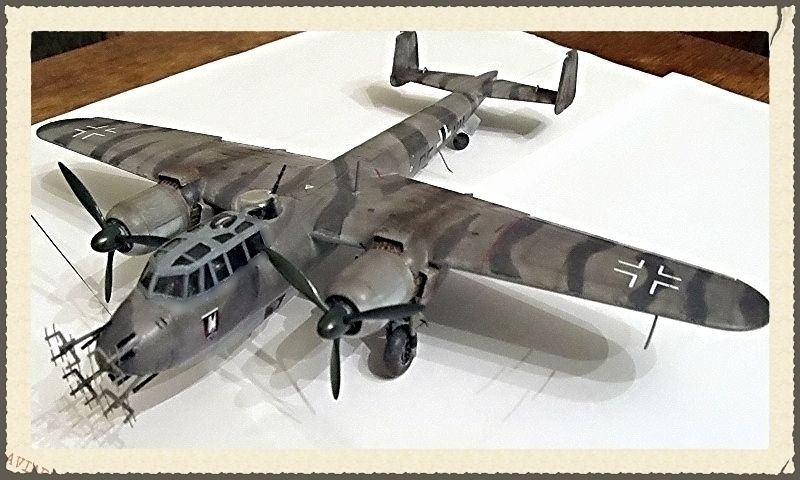 FACTS:
FACTS: (Mostly excerpts from Wikipedia)
In 1941, with Germany under increased night-time attack by the bombers of RAF Bomber Command, and with shortages of the Messerschmitt Bf 110 and the preferred Junkers Ju 88C night fighters, it was decided to supplement the night-fighter force with a version of the Do 217E, despite its much greater size and 15-ton weight. This aircraft, the Do 217J, was fitted with a new "solid" nose, similar to that used by Dornier in night fighter versions of the Do 17 and Do 215, with four forward firing 2 cm MG FF cannon and four 7.92 mm machine guns. By October 1940, the production of heavy night fighters, and night fighters such as the Do 217 and Ju 88, had been discussed comprehensively and by 5 November 1941 these discussions had been concluded. On 23 November the Technische Amt (T.A) had ordered the Dornier bomber fleet to be withdrawn in accordance with a decision made earlier that year on 23 May. Dornier designated the subject of their new project the "Do 217Z", later renamed the Do 217J.
The operational Dornier night fighter, redesignated J-1, before entering operations was powered by BMW 801L engines. It was fitted with a revised crew compartment housing a crew of three, with a solid nose housing four fixed 7.92 mm MG 17 machine guns, with four 20 mm MG FF/M cannon in the forward part of the ventral gondola. It retained the MG 131s in a dorsal turret and ventral position of the bomber, and could carry eight 50 kilograms (110 lb) bombs in the rear bomb-bay, with a fuel tank in the forward bomb-bay.
Production had commenced in March 1942, during which eight J-1s were built. In April, 13 followed and 55 were built in May. Despite this start production declined in June and this trend continued until November 1942, when only four were built. Dornier had been ordered to withdraw Dornier airframes for unspecified reasons. Owing to this, by 31 December 1942, only 130 J-1s had been completed. Dornier kept a production run of 19 aircraft for evaluating equipment. These were to be used when Josef Kammhuber, General of the Night fighters demanded the J-1 to have a modified fuselages made available for upward firing cannon installed within the dorsal areas of the fuselage, above the wing roots. This armament configuration was called Schräge Musik ("slanted" or "oblique" Music). A prototype was given four MG 151s in place of its MG FFs and named J-1/U1. The prototype was modified in September 1942 and sent to the Tarnwitz Experimental Establishment on 14 October for tests on gunnery performance. The guns delivered 125,000 rounds during tests without problems. The concept was available for adoption, although Dornier had some reservations about the slow firing pattern of the MG 151/20.
The J-2 night-fighter version of Do-217J was fitted with FuG 202 Lichtenstein radar in nose, and having the rear bomb-bay plated over. The MG FF/M of the J-1 were replaced by 20-mm MG 151 cannon. The J-1 was withdrawn from intruder duty following an order stopping night intruder raids against England, while the J-2 proved disappointing as a night fighter, showing poor performance and manoeuvrability, although they were used for early trials of the Schräge Musik arrangement of upward firing cannon, three Js being used for tests in July 1942. No J-2 was ever built. There was little difference in design between the J-1 and J-2, save for the FuG 202 Lichtenstein C1 radar fitted to the later. The first C-1 had been used in the Dornier Do 17 Z-10. Production of the C-1 began in full only after the Do 217J production had ceased. FuG 202 Lichtenstein radar continued to be used in Dorniers, although historian Manfred Griehl points out this was only according to the manuals. Complaints were made by crews about the performance of the Dornier in comparison to other German types. On 12 May 1942 Erhard Milch ordered that Dornier cease all night fighter design. It was decided that the Ju 88 series only (Ju 88C-6) would continue to be developed and serve as a heavy night fighter. Strangely, the order was not passed onto the Dornier design team who continued to produce the N variant.
The Dornier appeared to be a very effective night fighter with significant hitting power. However it attracted strong criticism from the Luftwaffe. The first J-1 was delivered to 4./Nachtjagdgeschwader 1 in March 1942. The crew complained it was too heavy, criticised its take off and landing characteristics. The pilot complained it had "too little performance reserve". The aircraft's high service loading and its poor manoeuvrability in aerial combat did not enhance its performance reputation. Part of the types performance issues lay with the fact the MG 131 defensive guns and bomb release mechanisms had remained, and been built into the J-1 to allow for its use as a bomber. With eight machine guns mounted in the fuselage and the supporting ammunition, the weight was increased and outweighed the Do 217E by 750 kg.
More info here:
http://en.wikipedia.org/wiki/Dornier_Do_217http://www.germanaircraftwwii.com/blog/642922-dornier-do-217j/GIO'S DO 217J:As mentioned above master modder Giotto has already started building a Do 217J, and by the looks of it it is almost finished!

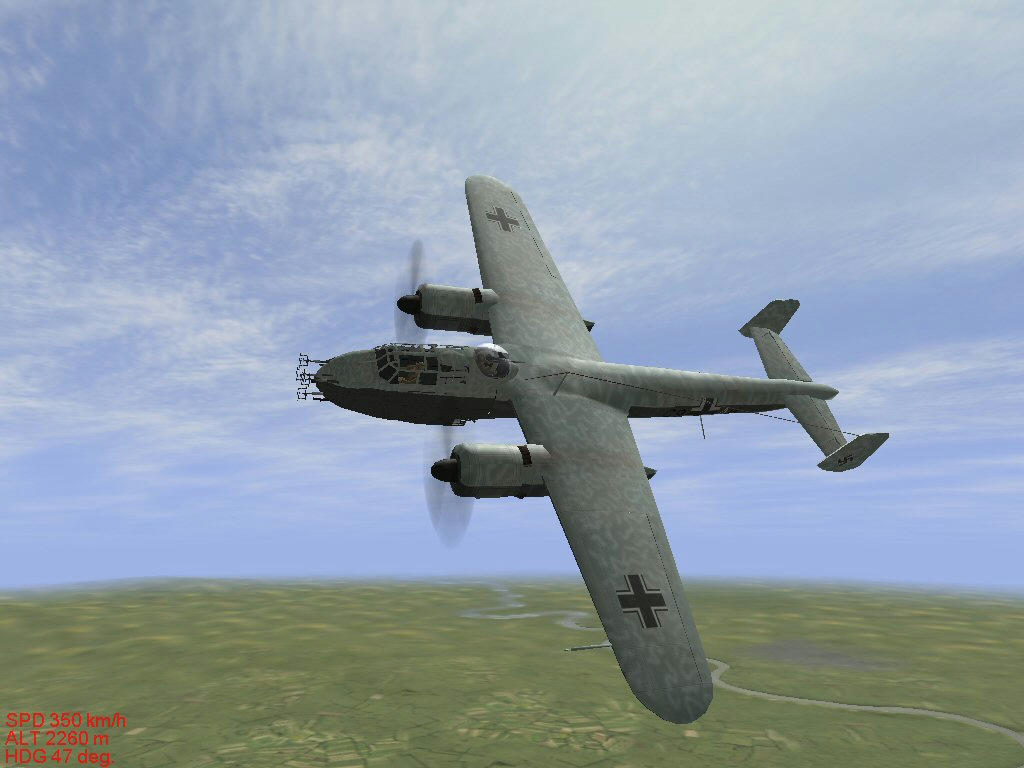

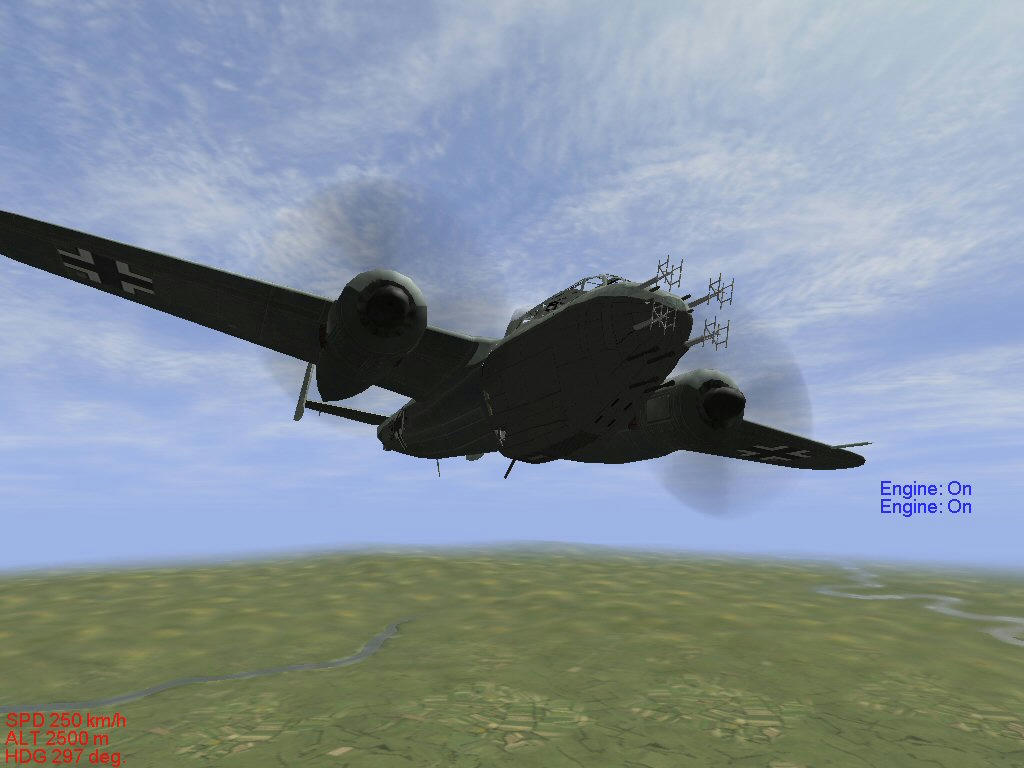
And he is quite willing to pass it on to another modder, who wants to finish it! See this thread:
https://www.sas1946.com/main/index.php/topic,20478.msg221125.html#msg221125Thanks for looking. And especially if you can consider finishing this important aircraft!
